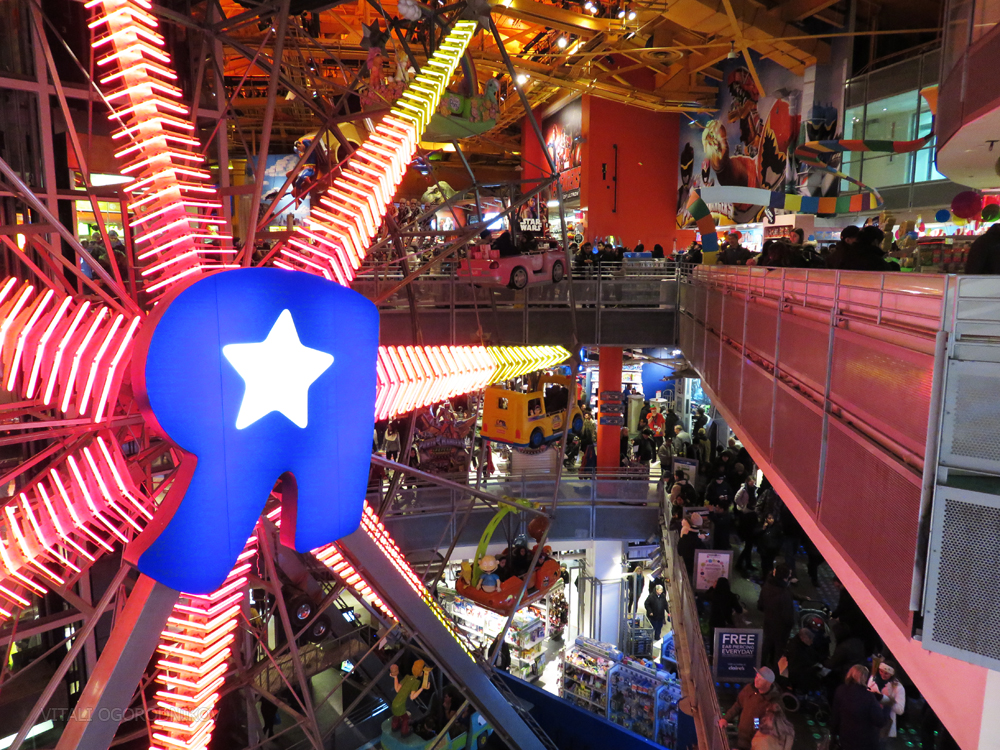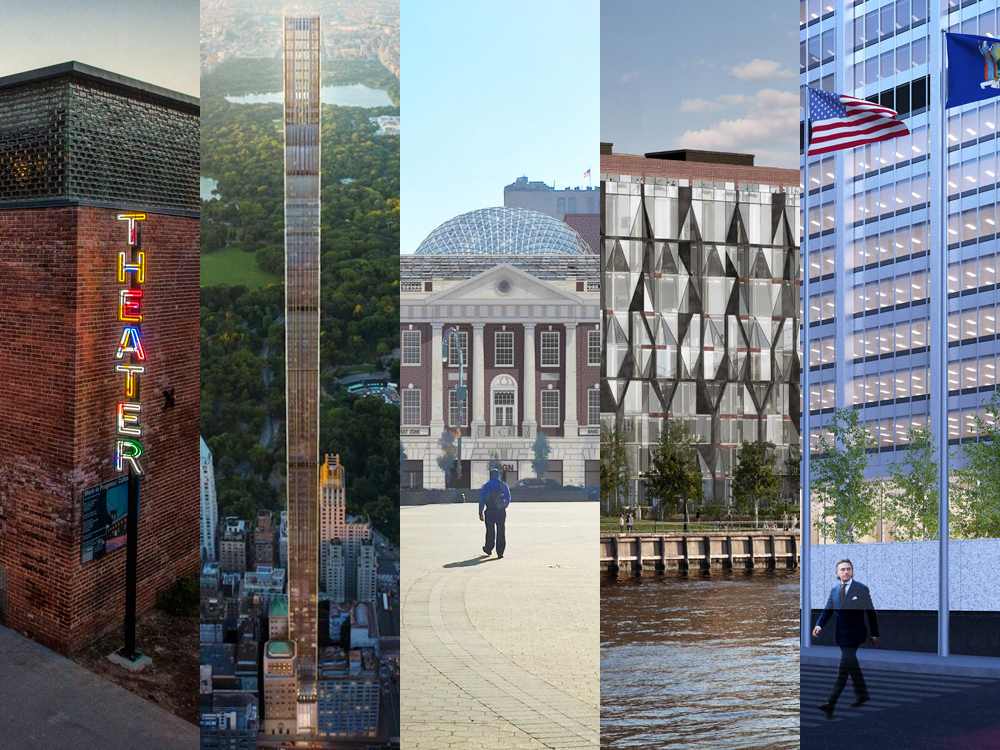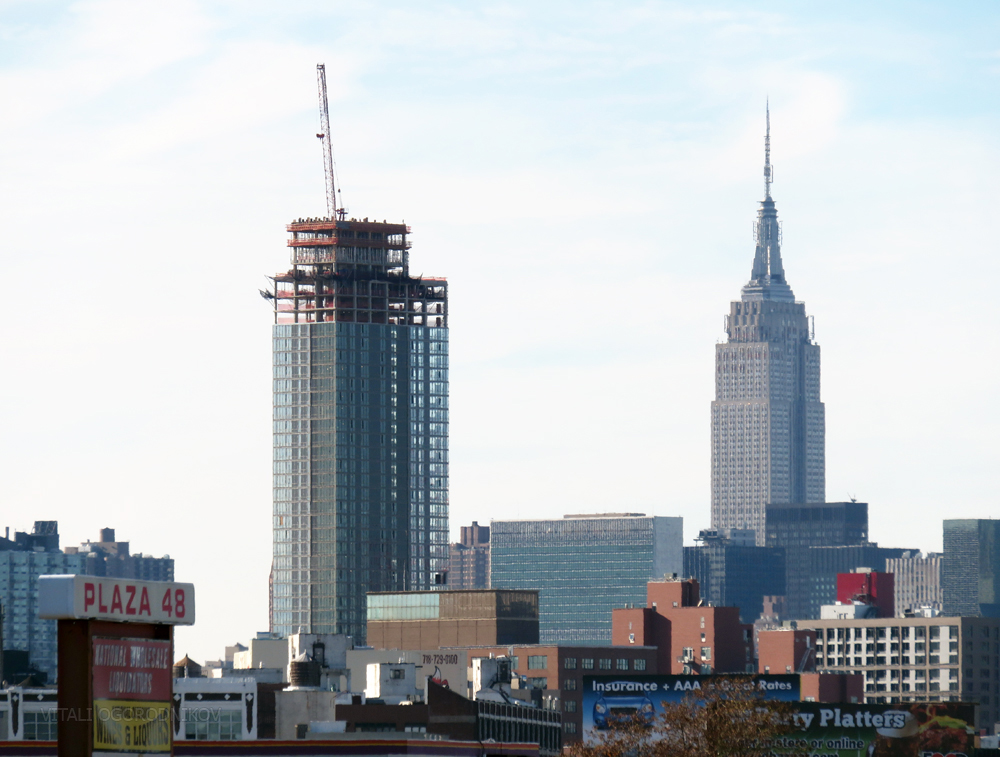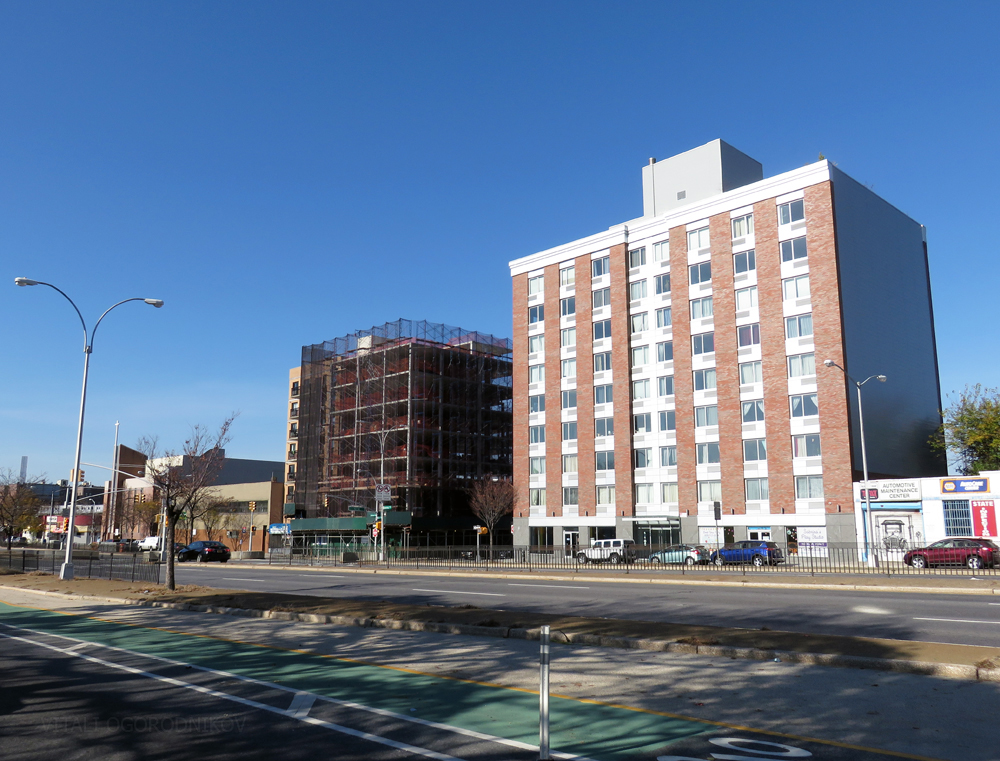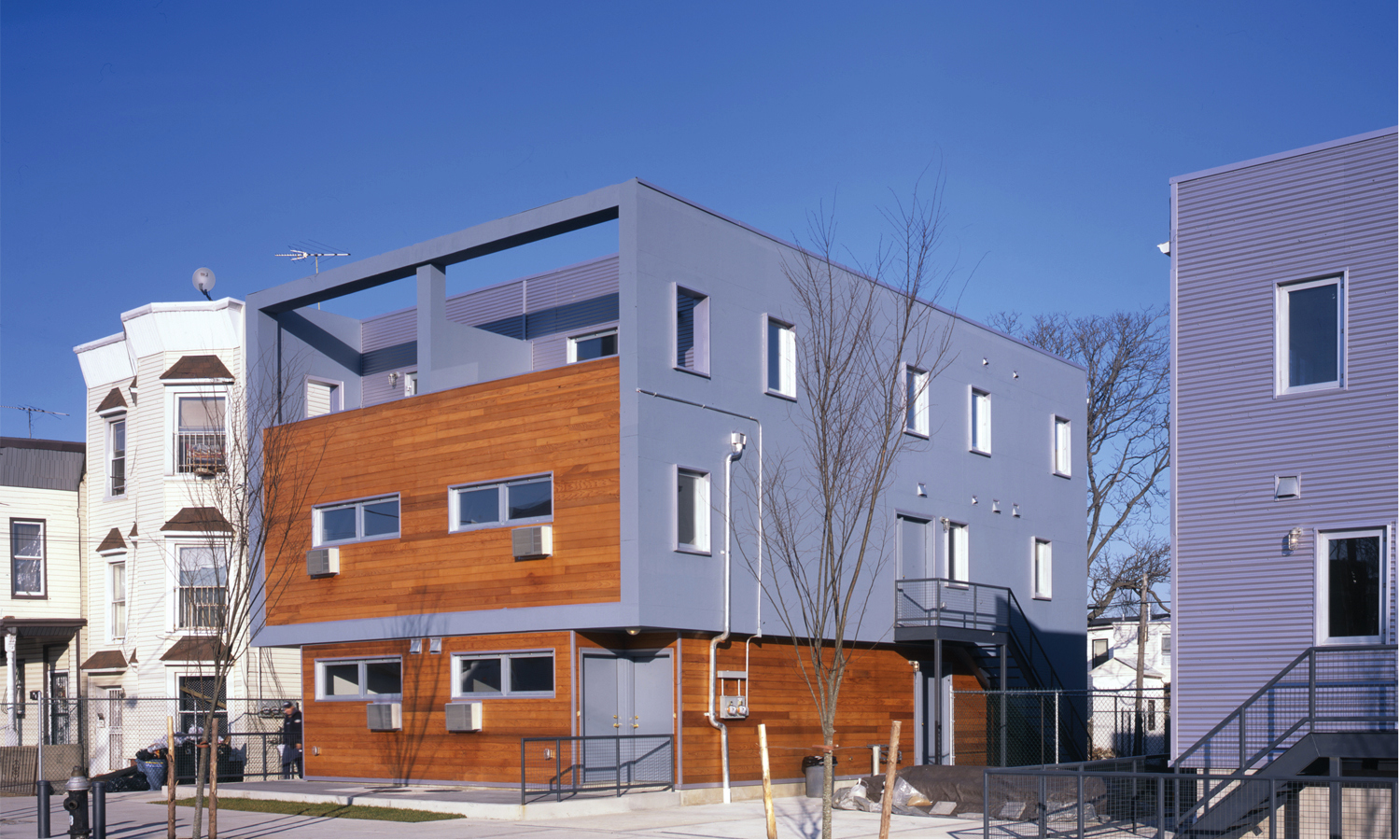Times Square Toys “R” Us, Once World’s Largest Toy Store, To Close December 30
2015 will go down in New York’s storied retail history as the year when the city lost two of its flagship toy stores. At 6:00 p.m. on December 30, Toys “R” Us will shut down its Times Square store at West 44th Street and Broadway. The retail giant decided not to renew the lease due to ever-rising rents in the pedestrian-heavy neighborhood. Earlier in July, the company closed the famous FAO Schwarz store on at 767 Fifth Avenue, which had served the city since 1986.

